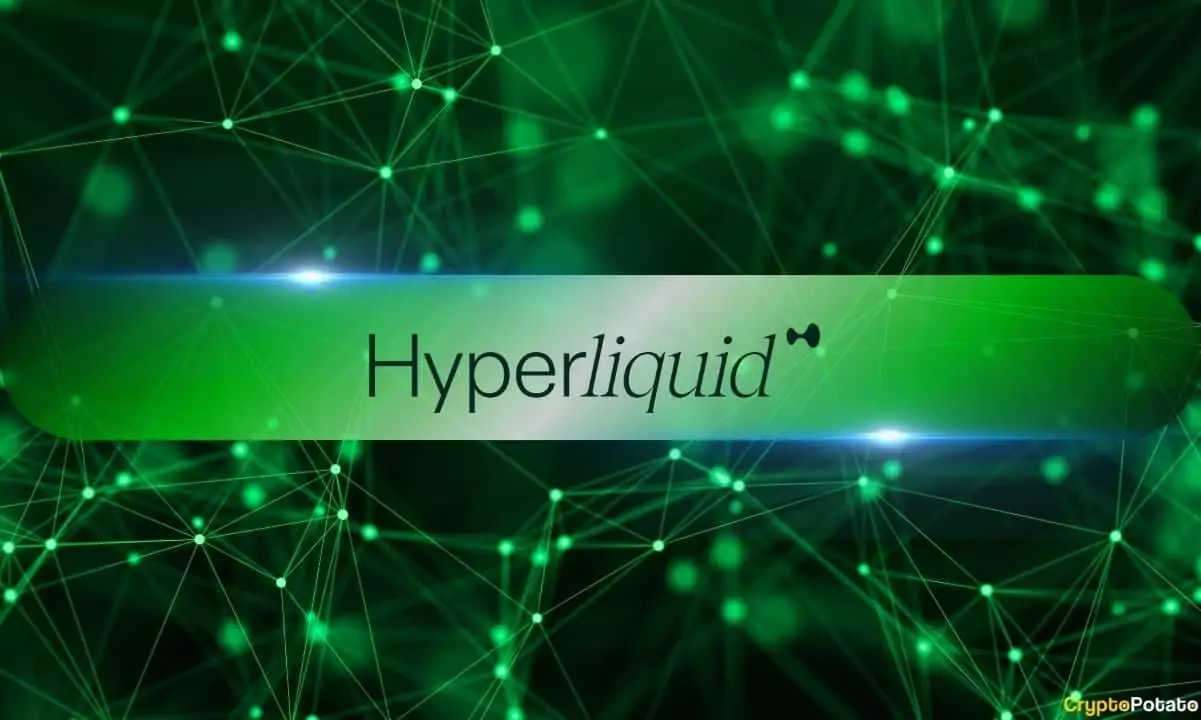In a notable advancement for decentralized finance (DeFi), Hyper Foundation, the organization behind the well-received Hyperliquid protocol, has unveiled HyperEVM. This move marks a pivotal shift towards incorporating general-purpose programmability into its digital finance framework. The launch of HyperEVM presents a myriad of opportunities for developers and users alike, redefining the capabilities previously restricted to conventional finance systems bereft of such flexibility.
HyperEVM’s initial mainnet release features blocks engineered as part of Layer 1 execution, ensuring that they operate securely under HyperBFT consensus. This structure lends a reliable foundation, as the security protocols nested within HyperBFT promise to safeguard transactions against potential vulnerabilities. Furthermore, the integration of native spot HYPE with HyperEVM HYPE facilitates seamless transfers, with HYPE positioned as the essential gas token for executing operations on the network.
New Features and Upgrade Pathways
To bolster its DeFi offerings, Hyper Foundation has rolled out a canonical WHYPE system contract. Available at a designated address, this contract aims to facilitate various DeFi applications on the Hyperliquid platform. Although the Hyper Foundation candidly admits that the initial tooling and analytics may lack polish, the commitment to enhancing these areas shines through. In an era where user feedback is paramount, the groundwork laid for improvements shows the foundation’s acknowledgment of the community’s role in shaping the ecosystem.
Moreover, live streaming of HyperEVM block data to S3 has been implemented, allowing developers to index without necessitating node operations. This design choice underscores a forward-thinking approach that prioritizes developer experience while permitting real-time data access. The roadmap further anticipates the launch of general ERC20 native transfers alongside precompiled features, which promise to enhance the overall functionality available to users, especially during the testnet phase where community feedback is solicited.
Despite the substantial upgrades, the foundation assures that the integration of HyperEVM remains non-intrusive for existing Layer 1 users, guaranteeing that their experience of low-latency trading remains untouched. This approach highlights a balanced methodology that prioritizes stability while fostering innovation—an essential trait for any trustworthy DeFi platform.
The excitement surrounding Hyperliquid’s recent initiatives extends beyond the technical enhancements. An airdrop of 310 million HYPE tokens in late November 2024 transformed the ownership landscape, propelling the token’s value significantly within a short period. The introduction of native staking further solidifies user engagement, as token holders are provided a chance to earn rewards while actively contributing to the network’s security.
As revenues soar and the total value locked (TVL) escalates, Hyperliquid appears poised to influence the DeFi arena. The ecosystem’s viability lies not only in technology but also in the roots of community-driven development. By remaining responsive to its users’ inputs, Hyperliquid stands on the threshold of possibly revolutionizing how decentralized finance operates, creating an engaged and rewarding environment for all participants involved.


Leave a Reply